Fitting a prosthetic used to be a long, slow process. It involved trial and error, repeated visits, and often, a lot of frustration. Even after all the effort, many people were left with prosthetics that didn’t feel quite right. They were either too loose, too tight, or just uncomfortable to use daily.
That’s changing now — and fast.
Today, new technologies like Artificial Intelligence (AI) and 3D scanning are making it easier than ever to create prosthetics that fit perfectly. These tools help capture every small detail of a person’s body, and then use that data to build a prosthetic that feels natural, balanced, and easy to use.
At Robobionics, we’ve seen the change up close. The days of guesswork are being replaced by precision. Instead of trying to make the body fit the device, we’re now making the device fit the body — exactly.
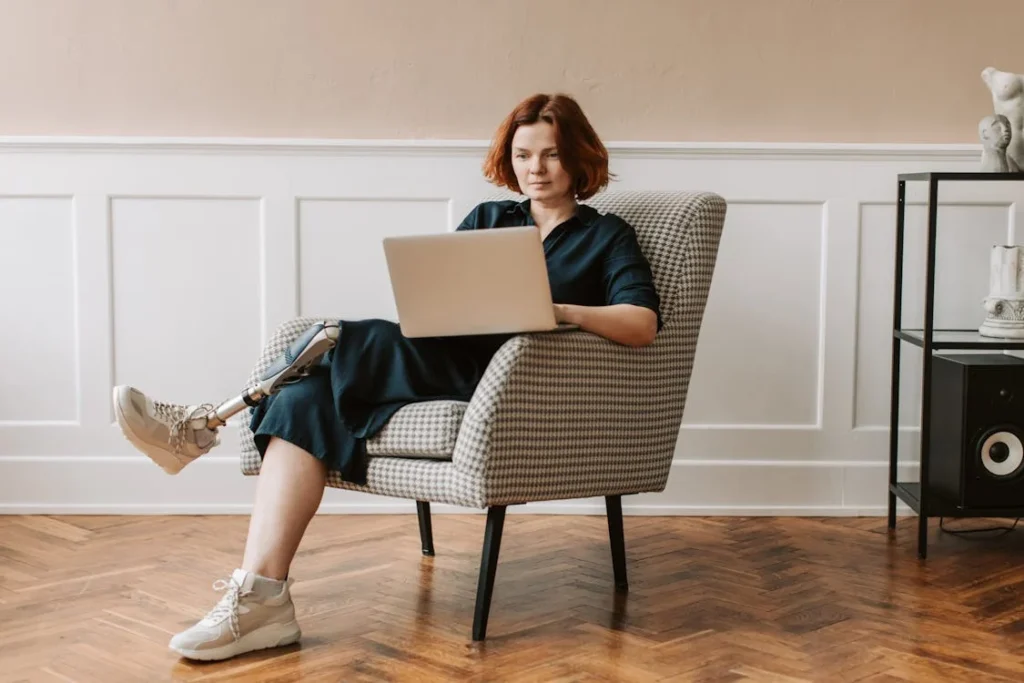
Understanding the Problem: Why Fitment Has Always Been a Challenge
The Human Body Is Unique
No two bodies are the same. Every person has their own shape, posture, and way of moving. When someone loses a limb, their body changes even more. Muscles shift. Balance changes. Even the way a person stands or walks can look very different from one month to the next.
That’s why prosthetic fitment has never been simple. The goal is not just to attach a device. It’s to make something that feels like part of the person’s own body. This is hard to do with measuring tape and visual checks alone. Even the best technicians, working by hand, can’t always get every curve and angle right.
The Traditional Fitment Process
For decades, prosthetic fitment followed the same general steps. First, the technician would measure the residual limb by hand. Then they’d make a plaster cast to get a basic shape. From there, they’d build a socket, test it, and then adjust — again and again — until it felt acceptable.
But “acceptable” doesn’t always mean comfortable. Many users ended up with devices that fit well enough to use, but not well enough to enjoy. Some sockets created pressure points. Others moved too much or felt unstable. These issues led to pain, skin problems, and emotional stress.
Even small discomforts can have big consequences. If a prosthetic doesn’t fit well, users may stop wearing it altogether. This limits independence, increases physical strain, and impacts mental well-being. All because the device never truly matched the body it was made for.
Change Was Needed
At Robobionics, we’ve spent years listening to users and studying the challenges they face. The message was clear: they needed a better fit, fewer clinic visits, and more control over their own comfort.
We knew that the future wouldn’t come from using old methods. It had to come from new ideas — from smart technology that could see what human eyes might miss, and from digital tools that could turn data into better design.
That’s where AI and 3D scanning entered the picture. And everything started to shift.
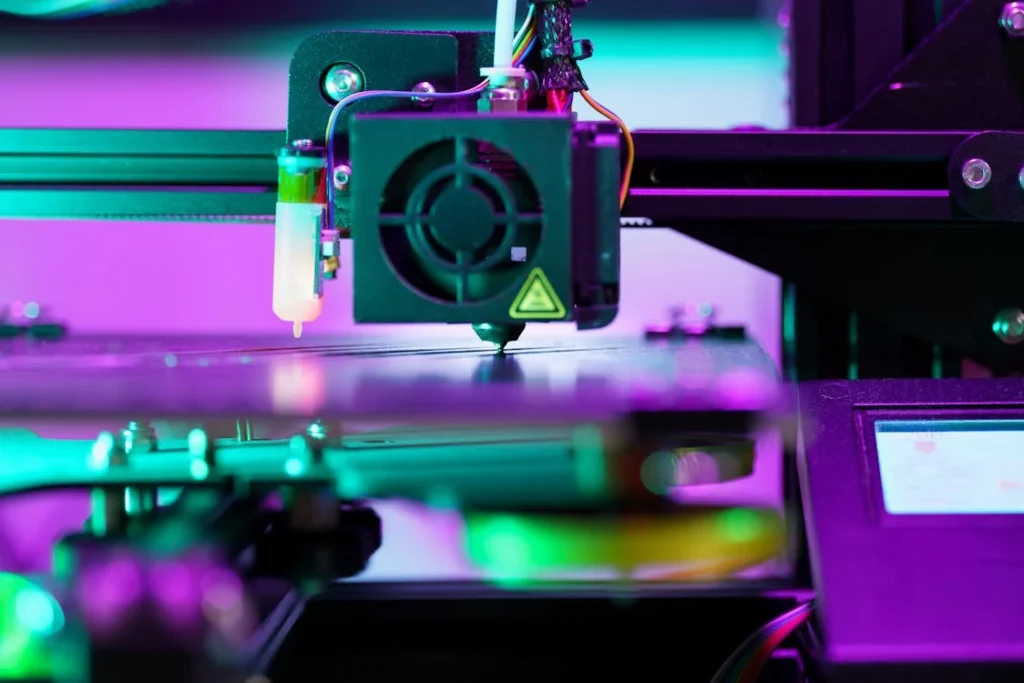
How 3D Scanning Makes Fitment Faster, Easier, and More Accurate
Seeing More Than Ever Before
3D scanning allows us to capture the exact shape of a person’s limb — down to the smallest detail. Instead of using tape or plaster, we use a special scanner that maps the surface of the body using light or lasers. This takes just a few seconds and doesn’t cause any pain or discomfort.
The scan picks up every contour, curve, and change in skin surface. It creates a digital model that is far more precise than anything we could create by hand. And because it’s digital, it can be saved, edited, and compared over time. That’s a big advantage, especially for people whose bodies are still changing or healing.
For the user, it feels like magic. One moment, they’re sitting still. The next, a perfect 3D image of their limb appears on screen — ready to be used for design.
Less Guesswork, More Customization
With a 3D model in hand, our designers can create a prosthetic that fits exactly to the body. We don’t have to guess how thick the padding should be or where to leave extra room. The data tells us everything.
If a user has sensitive areas, bone protrusions, or uneven muscle distribution, we can see it clearly in the scan. We adjust the design before we even start building. This leads to fewer errors, fewer adjustments, and a much smoother experience overall.
It also opens the door to deeper customization. If a person prefers a snug fit or needs more flexibility in certain areas, we can fine-tune the design accordingly. No more “one-size-fits-all” or relying only on experience. Now, we have numbers and images that guide every decision.
Quicker Fitment, Happier Users
Because everything is faster and more accurate, users spend less time in fittings and more time living. The process feels more modern, more professional, and far less tiring. We can produce test sockets within days, make adjustments quickly, and deliver final prosthetics that need fewer tweaks.
This speed is especially helpful for children, athletes, and active adults whose bodies are always on the move. It also helps people in remote areas who may find it difficult to make repeated clinic visits.
In short, 3D scanning turns a once slow and uncertain process into something smooth, precise, and user-friendly.
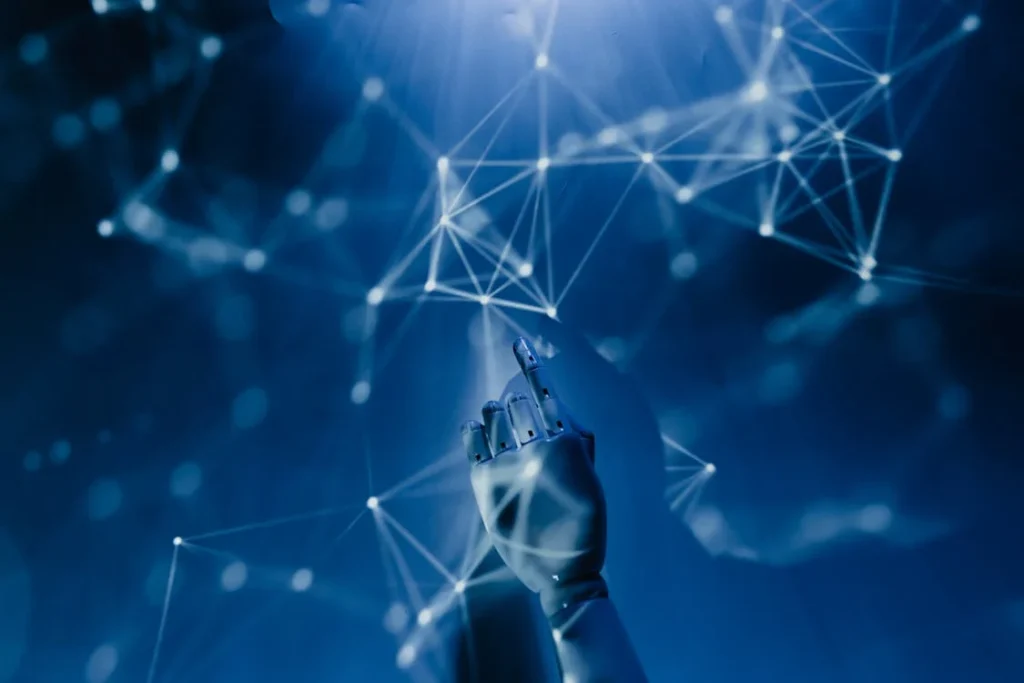
The Role of AI in Perfecting Prosthetic Fitment
AI Understands Patterns That Humans Might Miss
Once we capture a 3D scan of the residual limb, we have a rich, detailed digital model. But what do we do with it next? That’s where AI steps in. Artificial Intelligence can process all that data and compare it to thousands of past cases.
It can find patterns and relationships between limb shapes, muscle positions, pressure points, and socket design — patterns that even the most experienced human eye might overlook.
AI doesn’t guess. It learns. Every time a new scan is uploaded, the system becomes smarter. It sees which types of designs worked best for similar body shapes. It understands what causes discomfort. And most importantly, it recommends ways to improve the fit — instantly.
This isn’t about replacing human skill. It’s about combining human care with the speed and accuracy of machine learning. At Robobionics, we use AI as a tool to support our team — not to take their place, but to make their decisions stronger and more informed.
Creating a Socket That Works With the Body, Not Against It
The socket is the part of the prosthetic that connects directly to the body. It’s also the most important part when it comes to comfort. If the socket doesn’t fit well, nothing else matters — not the hand, the knee, or the technology inside. Everything depends on the socket feeling like a natural part of the limb.
AI helps us get this right. Once it studies the 3D scan, it suggests the ideal shape, size, and thickness for different areas of the socket.
It points out where more support is needed, or where softer padding might prevent irritation. It even adjusts for how the user stands or moves, ensuring the final fit feels stable, not stiff.
We’ve found that AI-designed sockets often need fewer follow-up adjustments. Users report less pinching, less slipping, and more confidence from day one. That means fewer trips to the clinic and more freedom to get back to daily life.
Predicting Fit Before the Prosthetic Is Even Made
One of the most powerful features of AI is its ability to simulate how a prosthetic will fit — before we build it. This predictive design saves enormous amounts of time.
Instead of testing, waiting, and revising, we can test different socket designs digitally, in just minutes.
We can visualize how pressure will be distributed across the limb. We can check how the user’s weight might shift when walking or standing. And we can catch design flaws before they cause real-world problems.
This kind of simulation is something that was unthinkable just a few years ago. Now, it’s a regular part of how we work at Robobionics. We use it not only to improve fit but also to improve safety, stability, and long-term satisfaction.
AI and Personalization: The Perfect Match
AI also makes it possible to personalize prosthetics at a deeper level. For example, if a user lives a very active lifestyle, AI can suggest materials and shapes that allow for more flexibility and movement. If the user is mostly sedentary, it might recommend features that improve posture and sitting comfort.
We’ve even used AI to match aesthetic preferences. Some users want their prosthetic to look as close as possible to their natural limb.
Others prefer something that stands out — colorful, stylish, and bold. By combining visual inputs with fit data, AI helps balance form and function.
What we’re really doing here is making each prosthetic as unique as the person who wears it. Not just in shape, but in how it feels, works, and fits into their life.
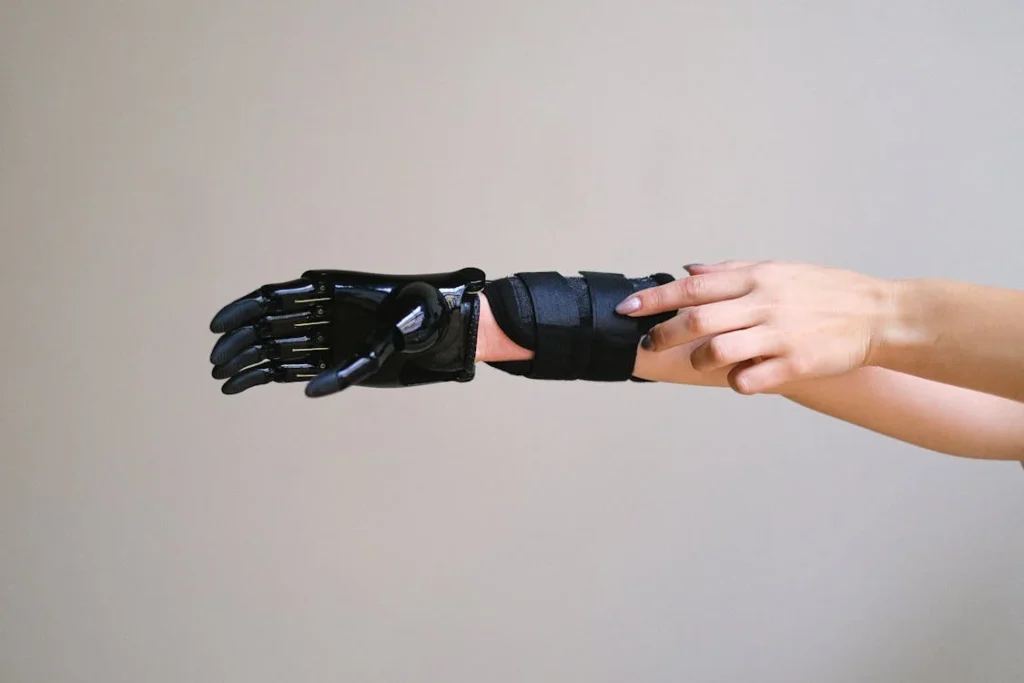
Bringing It All Together: A Smarter, Smoother Journey for Users
From First Scan to Final Fit
Let’s say someone walks into one of our partner clinics, like Omnify Prosthetics. Their journey might look very different now than it would have five years ago.
They’ll start with a 3D scan, which takes just a few seconds. That data goes into our system, where AI begins analyzing it in real time. In just hours, a preliminary socket design is ready — one that already reflects the user’s anatomy, activity level, and any previous feedback we may have.
After a short trial with a test socket, any fine-tuning is done digitally. Adjustments that used to take weeks now take days. And the final prosthetic is ready faster, fits better, and requires fewer follow-ups.
This whole process feels more professional, more precise, and — perhaps most importantly — more focused on the user. Instead of feeling like they’re being fitted into a system, users feel like the system is built around them.
Emotional Relief Through Technological Precision
There’s something incredibly powerful about knowing your prosthetic has been made just for you — not based on rough guesses or old models, but based on your own body and your real needs.
This emotional comfort is just as important as physical comfort. It helps users trust their device, feel more in control, and return to life with greater confidence. For many, it’s the first time they’ve felt truly understood by the technology they rely on.
AI and 3D scanning don’t just make the prosthetic better. They make the experience of using it more human, more empowering, and more hopeful.
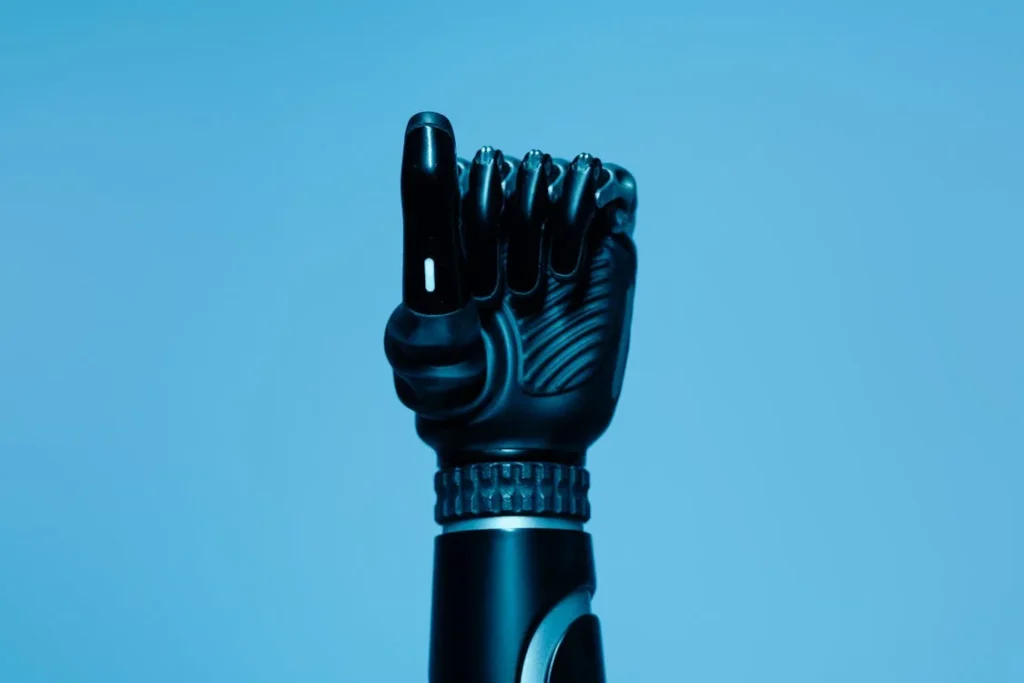
Making Prosthetics More Accessible with Smart Technology
High-Tech Doesn’t Have to Mean High Cost
One of the biggest myths about AI and 3D scanning is that they make prosthetics more expensive. But the truth is, they actually lower the long-term cost — not just for manufacturers like us, but for the people who wear them.
In the old model, multiple fittings were the norm. Users had to come back several times, often traveling long distances. Each appointment meant extra time, money, and lost workdays. Adjustments were done by hand, which added labor hours. Mistakes cost even more to fix.
But with 3D scanning and AI, the whole system becomes leaner. A perfect scan takes minutes. AI-powered design minimizes the need for rework. Digital records reduce paperwork and keep everything in one place. And because the process is faster, we can help more people with fewer resources.
At Robobionics, we’ve built our approach around affordability. We believe that smart technology should serve everyone — not just those in big cities or high-income groups. By combining Indian-made devices with the latest tech, we’re proving that innovation can be both high-quality and cost-effective.
Serving More People in Less Time
Traditional prosthetic care was often limited by geography. Rural areas lacked trained professionals. Clinics could only serve a small number of users at a time. Some people had to wait months just to begin the fitment process. Others gave up entirely because help felt too far away.
Now, technology is bridging those gaps. 3D scanning doesn’t require a huge setup. It can be done with portable equipment, even in smaller clinics or mobile outreach units.
Once the scan is complete, the data can be sent instantly to a central design hub. AI can analyze it remotely, and a design can be ready without the user needing to travel again and again.
This changes everything for people living outside major cities. It gives them access to world-class care, right where they are. It also allows our partner clinics to handle more cases without compromising on quality. Everyone wins — users, clinicians, and the larger healthcare system.
Supporting India’s Push for Local Innovation
India has long been home to brilliant engineers, doctors, and innovators. But for a long time, we relied on imported prosthetics that didn’t match local needs. They were expensive, hard to repair, and built with Western users in mind. That meant longer wait times, higher costs, and less comfort for Indian users.
AI and 3D scanning are helping India build its own path. These technologies allow us to design prosthetics in India, for India. We can account for Indian body types, climate conditions, work styles, and cultural preferences.
We can also respond faster when users need support, since everything — from scan to socket — happens right here at home.
At Robobionics, we’re proud to be part of the “Make in India” movement. Our products are designed, built, and serviced locally. By using cutting-edge technology within a local framework, we’re creating a system that is both modern and sustainable — one that empowers users and strengthens the healthcare network.
From Data to Dignity: What This Means for the User
A Feeling of Being Truly Understood
People who use prosthetics often say the same thing: “I just want something that works for me.” They’re not asking for luxury. They’re asking for something simple — a device that fits well, feels comfortable, and helps them live fully. For years, this was a hard promise to keep. But not anymore.
When a user sees their own limb being scanned, and watches the 3D model appear, they feel seen. When they try on their prosthetic and it fits almost perfectly on the first try, they feel heard. When they walk out with confidence, not pain, they feel respected.
Technology makes this possible, but it’s not just about the tools. It’s about what those tools allow us to do — to treat every user like an individual, not a number. To offer dignity, not just devices.
Fewer Barriers, More Possibilities
There’s a quiet strength in being able to get dressed without help. To walk into a room without fear. To hold a cup without spilling. These small actions bring a deep sense of normalcy and peace.
When prosthetics fit well, people stop focusing on what they can’t do, and start focusing on what they can. They return to work. They go out with friends. They make plans for the future. Their world grows bigger, because their device no longer holds them back.
That’s the real goal — not just movement, but momentum.
Healing Is Faster When the Body Feels Supported
The healing process after limb loss is emotional, mental, and physical. Every part of it is connected. When the body is in pain, the mind suffers. When the body is at ease, the mind begins to heal.
AI and 3D scanning help create prosthetics that feel like they belong. This comfort supports not just function, but confidence. It gives people the freedom to move, the strength to push forward, and the comfort to heal.
That healing shows up in quiet ways. In laughter. In posture. In the willingness to try something new. These are the signs we look for — not just a working prosthetic, but a person who feels whole again.
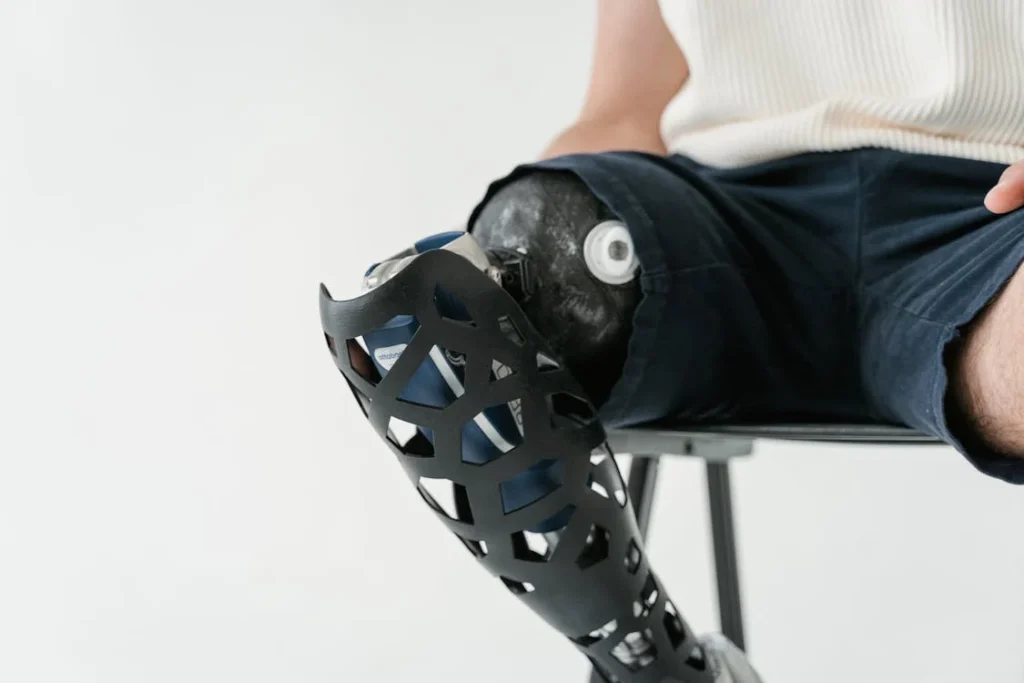
A Future Built on Precision, Comfort, and Possibility
Real-Time Improvements, Not Static Solutions
One of the most exciting things about using AI and 3D scanning in prosthetic fitment is that these tools continue to improve. They don’t freeze in time. They learn with every new user, every new design, and every bit of feedback. This means prosthetics aren’t just becoming better — they’re becoming smarter with each case.
At Robobionics, every user’s experience feeds into a growing library of data. That data helps our systems recognize problems faster and recommend better solutions. If a certain type of socket works well for a user with a specific limb shape and lifestyle, we can apply that learning to future designs in seconds.
In the past, a user’s experience was limited to their own journey. Now, each person helps build a better system for the next. That’s not just progress — that’s a new kind of shared support.
Designing for Tomorrow’s Needs
As more people adopt prosthetics in younger age groups — whether due to congenital limb differences, trauma, or disease — the need for long-term solutions is growing. People want devices that evolve with them. That last longer. That stay relevant as life changes.
AI makes this possible by helping us plan ahead. For example, if someone’s body is still developing, AI can recommend design features that allow for growth or easier future modifications.
If someone is at risk of weight changes, muscle shifts, or posture variations, AI can build those factors into the design right now — before they cause a problem.
This ability to think ahead turns prosthetics into lifelong tools, not temporary fixes. It gives users peace of mind. They don’t have to start over every few years. Instead, they work with a system that understands their journey and grows alongside them.
Personal Care, Powered by Smart Technology
We know that good technology isn’t just about machines — it’s about what it allows people to do. AI and 3D scanning don’t remove the human side of prosthetic care. In fact, they make it stronger.
With faster, more accurate data, our team can spend more time talking with users — listening to their goals, answering their questions, and making sure they feel empowered every step of the way.
The emotional bond between the prosthetist and the user becomes even more important because now it’s supported by data that removes doubt and confusion.
What used to feel like a technical process now becomes a partnership. And that relationship is what makes the real difference in recovery.
Conclusion
AI and 3D scanning are not just changing how prosthetics are made — they’re changing what it feels like to use one. They’re taking away the frustration and giving back control. They’re replacing trial and error with confidence and clarity. And they’re helping users feel seen, understood, and valued from the very first appointment.
At Robobionics, this is more than technology. It’s a mission. We believe everyone deserves a prosthetic that fits well, feels right, and empowers them to live fully — without limits, without shame, and without pain. We’re building a future where precision is normal, comfort is expected, and users never have to settle for “good enough.”
By combining AI’s intelligence with the real-world insights of 3D scanning, we’re creating prosthetics that don’t just function — they belong. They blend into a person’s life instead of standing out. They help people move, connect, express, and heal.
That’s what revolution means. Not flashy tools or big promises — but quiet, steady improvements that change lives in real, lasting ways.
The future of prosthetic care is here. And it fits better than ever before.



